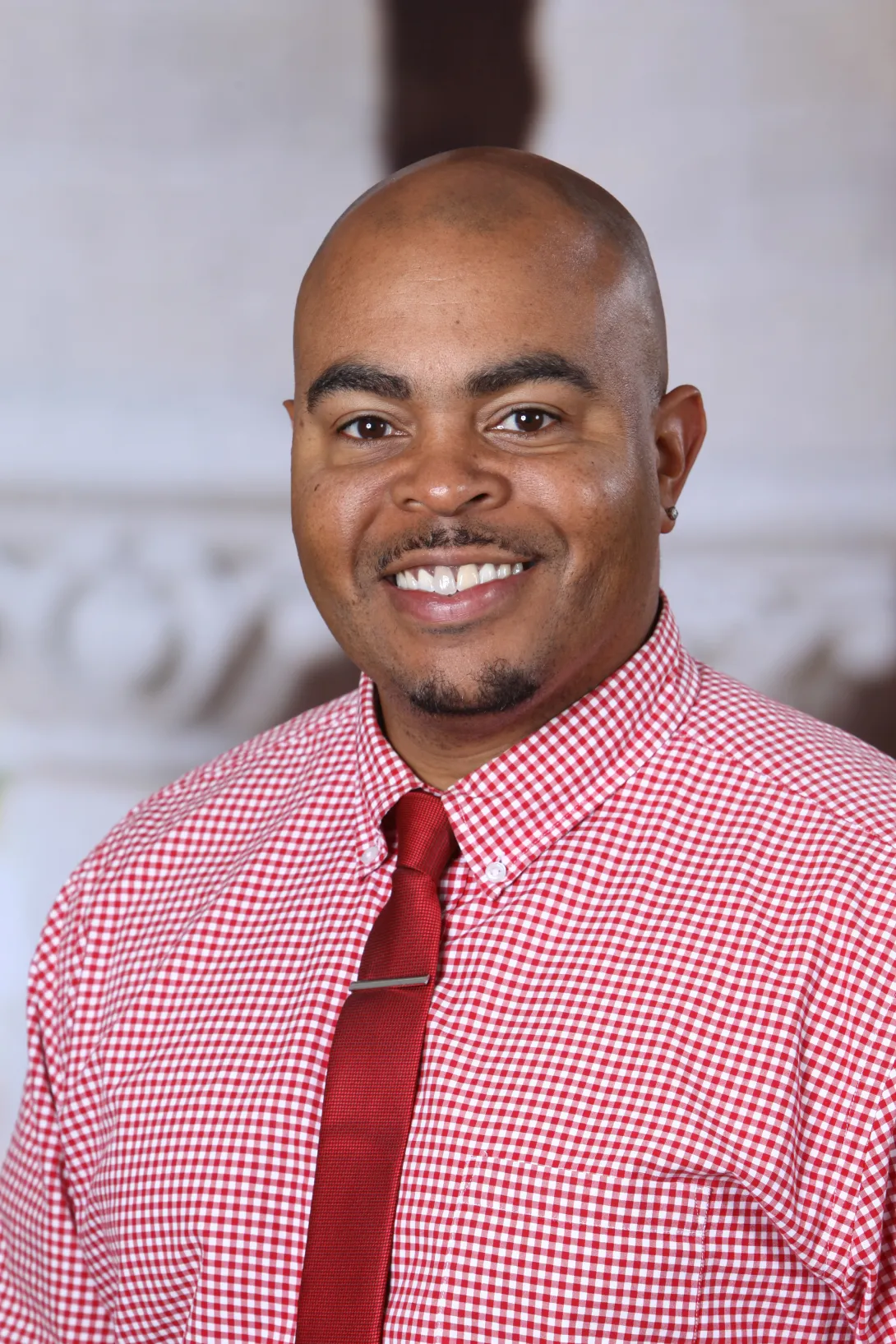
When it comes to teaching science, culture and language matter, Stanford education scholar says
For years, one of the highest-rated comedy series on television was “The Big Bang Theory,” a show whose central characters portray “old, tired images of the science community, sending a resounding message about who belongs in science,” says Bryan A. Brown, an associate professor of science education at Stanford Graduate School of Education. “These stereotypes have been reinforced for generations. We can’t ignore the barriers these expectations impose.”
Brown’s research examines why cultural stereotypes and language about science matter, especially for students in multilingual and multicultural communities who might not fit the images they see or relate to the words they hear in popular culture and in the classroom.
Brown has studied science education in urban communities for more than two decades, exploring the relationship between student identity, classroom culture and academic achievement. For the past eight summers, Brown has brought fifth- and sixth-graders from inner-city schools to the Stanford campus for a weeklong science camp, where the students get excited about biology, physics, chemistry and engineering—and learn from teachers of color, who provide critical role models in the field.
A former high school science teacher in Long Beach, Calif., Brown joined the Stanford GSE faculty in 2003. He has also served as associate dean for student affairs at the GSE since 2014.
His new book, Science in the City, looks at the role that language and culture play in teaching science and technology. We spoke with him about some of the obstacles young people of color face in the science classroom, and how science teachers can better connect their lessons to students’ cultural identities.

Bryan A. Brown
You write that students of color have to pay a “black tax” when they enter a science classroom. What do you mean by that?
It’s the idea that people of color are judged harshly and have to pay an additional price to belong. When students arrive in science classrooms, they bear the weight of the history, cultural expectations and stereotypes about who can become a scientist.
Black people have often been told by their elders that in order to succeed, they have to be better than their white counterparts. School culture imposes even more of a tax: Students have to prove their academic competency, negotiate awkward discussions and know what language practices are deemed acceptable. They know that if they don’t speak the way the teacher speaks, they might not be seen as intelligent.
There’s an iconic photo from 1962 of James Meredith, the first African American student admitted to the University of Mississippi. He’s walking into the school for the first time, surrounded by U.S. marshals and angry community members who clearly don’t believe he deserves to be there. When I think about the challenges he had to face in that learning environment, there’s no way they were equal to the challenges his classmates faced.
How are students of color at a disadvantage in the science classroom in particular?
For one thing, we know that scientific concepts are learned and solidified when students have an opportunity to explain them. The more you talk about something, the more you understand it. But in many schools, especially urban ones, teachers are the ones doing the explaining.
If teachers want students to understand a scientific idea thoroughly, they need to give them opportunities to explain it. But academic language is not culturally neutral. Teachers need to broaden their idea of the language of science as something that’s rooted in the realities of the lives of people of color.
Can you give an example?
Well, for instance, if you’re teaching the process of osmosis, you might have a kid who knows a lot about cooking—maybe he learned how to marinate carne asada from his grandmother. Marinating food is an example of osmosis. If you soak meat in a mixture of seasonings and water—a solution—then how does the meat end up with seasoning on the inside?
But teachers don’t necessarily view that as a scientific act. Talking about something students already know through their culture can give them a vision of the science we experience every day. It’s the same science they’re learning about in the classroom. There is no cultural distance between students of color and a successful science education.
How can teachers make science lessons more culturally meaningful for students while still satisfying national guidelines?
My research team has actually been working for some time to help teachers with this. The Next Generation Science Standardsintroduced an ambitious and innovative new curriculum, but the curriculum doesn’t really emphasize culture—it doesn’t push the idea that science can be culturally relevant for kids in the context of their community.
We just launched a resource at http://scienceinthecity.stanford.edu, especially for teachers in urban schools, which offers lesson plans that are culturally relevant but also match NGSS expectations. It’s also a place where teachers can connect—to share their lessons, get input from other teachers, find a mentor or even become a mentor for someone else. We hope teachers will get involved to make the community even stronger.
Faculty mentioned in this article: Bryan Brown



